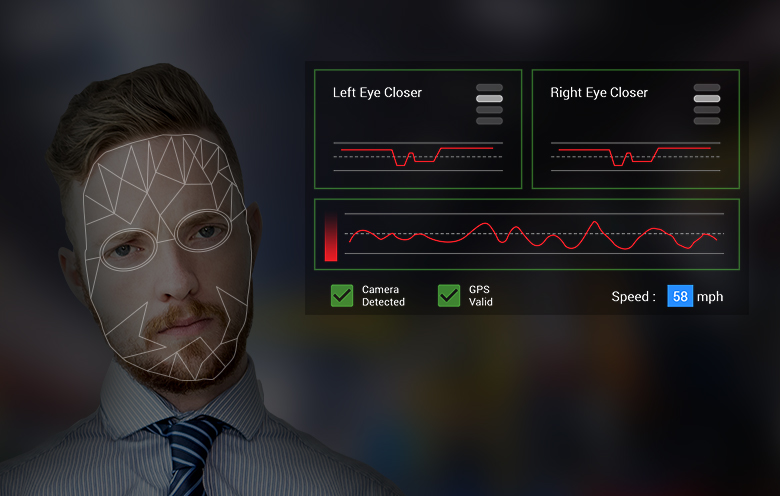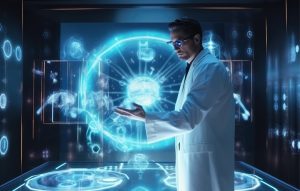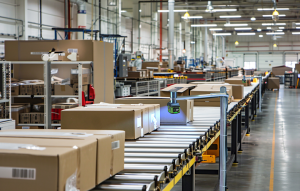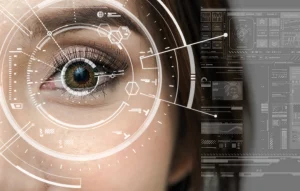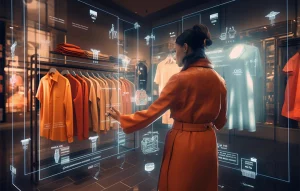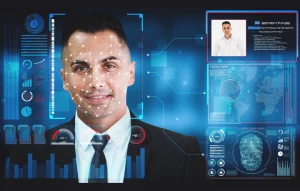We’ve seen multiple use cases where smart devices like smart watches and other smart appliances have helped people maintain excellent homes and healthy bodies. But what about mental health? Are there any smart devices or sensors that can help individuals in improving their mental health and ensure that they lead a happy life?
Mental health is imperative for physical health. To live a fully healthy lifestyle, we need to take care of our mind, just as much as our body. And for that, there are some machine learning solutions and smart devices that prioritize mental well-being. Let’s start with monitoring the most underrated and misunderstood issue – fatigue.
Fatigue is more than just sleepiness
People often tend to relate fatigue to mere sleepiness or drowsiness. But it is more than that. Fatigue has multiple symptoms: physical and mental. Moreover, fatigue itself can be a symptom of some chronic diseases and conditions like heart diseases, diabetes, depression, and many others.
Fatigue can be measured but not easily especially while a person is on the go (driving). However, with technological advances, it can be monitored and diagnosed efficiently.
Benefits of monitoring fatigue
When your emotional health is suffering, you might experience physical problems like dizziness, weight gain/loss, uneasiness, and more. Hence, you need to monitor and improve your mental well-being to lead a healthy lifestyle. And for this, smart devices like smart watches or smart apparels can be leveraged. These devices allow you to monitor and improve your mental well-being.
Monitoring fatigue ensures workers’ safety, increases productivity, reduces the number of mishaps, and even lost-time injuries. It can be measured or detected from multiple sources like the profile of the individual (age, gender, occupation, consumption of alcohol or drugs), performance and precision indicators (movement precision or tasks delivered), or responsiveness (time spent on a particular task contrasted with the time spent in other non-related tasks).
Machine learning services like moment analysis, cluster analysis, principal component analysis, etc., help in monitoring fatigue. The data from peripheral sensors like accelerometer, GPS, gyroscope, magnetometer and brain-computing interface are collected, integrated, and analyzed.
Fatigue monitoring for professions involving driving
Inattentive driving is one of the major causes of road accidents and death. Therefore, detection of driver’s fatigue and its indication is essential.
Driver fatigue (or drowsiness) contributes to about 25-33% of fatal and serious accidents. – Road Safety Observatory
Companies involved in transport, logistics, cab services, trucking, and delivery services can use webcams to record the video where image processing techniques are employed on each detected frame of the driver’s face. Facial processing points including the eye aspect ratio, mouth opening ratio, and nose length ratio are computed, and depending on their values, fatigue is detected.
Fatigue monitoring can also be achieved with road-facing cameras that don’t hinder driver’s privacy and help in alerting them to avoid an accident. Applying machine learning techniques on the data collected with the cameras and helmets helps in mitigating fatigue. Drivers can then be notified by generating actionable alarms for the metrics that actually represent problems.
Fatigue monitoring for the mining industry
In open-pit mining, around 65% of truck haulage accidents are directly related to drivers feeling tired or exhausted. – Caterpillar Global Mining and Equipment
Fatigue monitoring and management help mining machinery operators to maintain the level of attention necessary for long hours and monotonous tasks. With sophisticated computer vision techniques combined with scientific body-clock modeling, fatigue can be easily measured and monitored. Computer vision algorithms help to detect many fatigue symptoms, such as micro-sleeps or distraction.
With smart wearables like smart watches and smart apparels, an individual’s movement can be easily tracked for any sign of distraction. Workers inside the mines can then be warned through the notifications or notifications that alert site supervisor for direct intervention. Moreover, the data collected from the smart wearables can then be analyzed to measure the person’s alertness and look for signs of fatigue to avoid further mishaps.
Creating a safe workplace with machine learning and smart gadgets
There are several machine learning algorithms to measuring worker biometrics/stress that use broadcasting safety-related data of employees from connected IoT devices. The data when analyzed can warn workers and their peers about their condition and hence, proactive measures can be taken. This results in a safer workplace and corporate liability.
To know more about how the combinational power of connected devices and machine learning can help you improve mental health of your workers and create a safer workplace, feel free to contact our technology experts.


